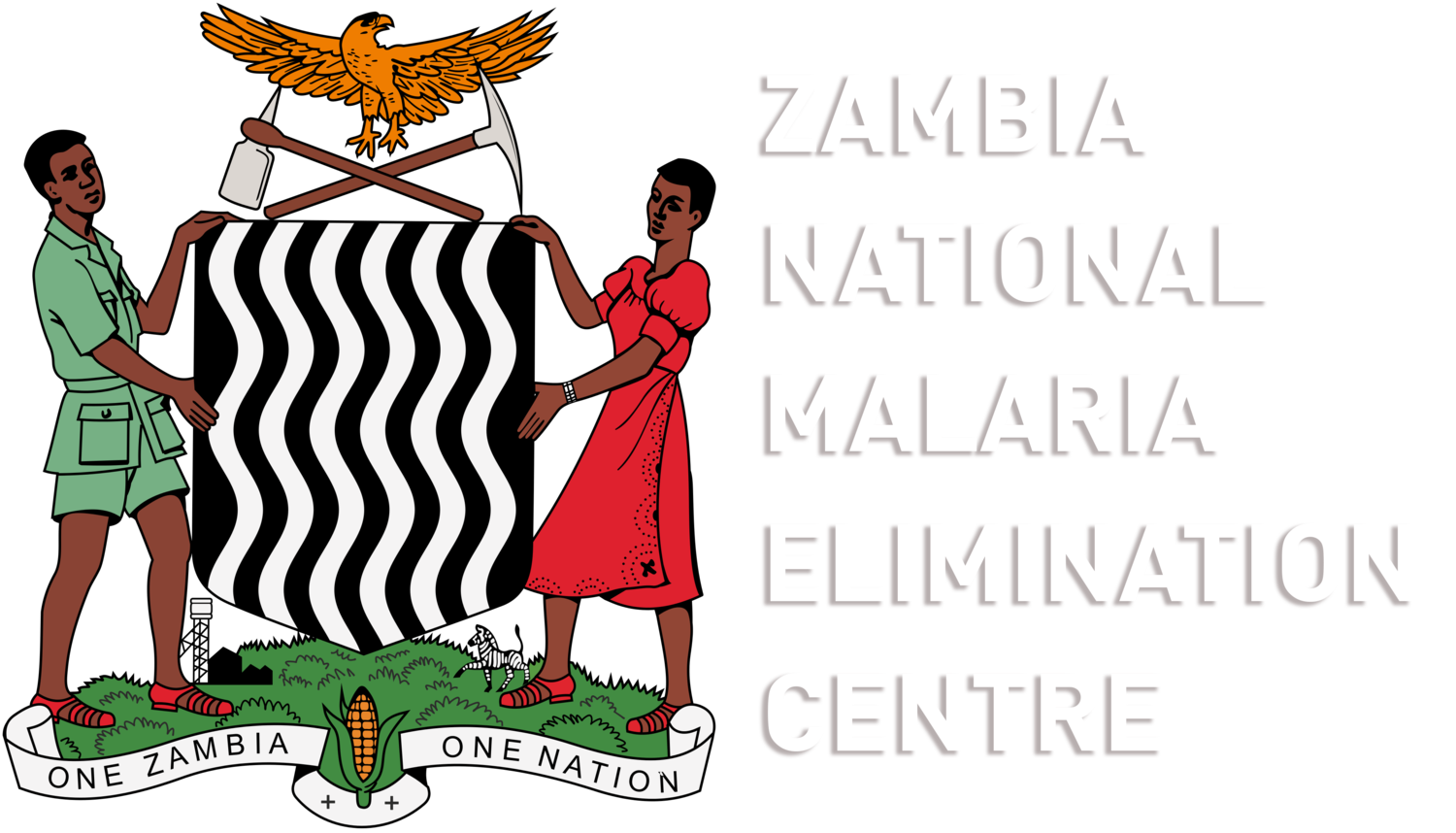When all supportive systems are in place—including health facility and community surveillance systems and adequate human resources (e.g., a cadre of trained CHWs)—districts can consider implementing strategies and intervention opportunities to aggressively clear parasites from communities.
The population-wide strategies under Component C are used as an ‘accelerator’ to drive down transmission to a level where the remaining infections in individuals and small foci (i.e., households and neighbourhoods) can be detected and driven out to achieve a malaria-free area. Transmission reduction strategies can include drug-based strategies (such as MDA), transmission-blocking vaccines, and could—in the future—include innovative vector control methods, such as ivermectin.
Mass Drug Administration
Mass drug administration (MDA) refers to mass treatment of all—or a section of—the population, whether or not symptoms are present. It has been implemented in the past as a way to control epidemics or to reduce or interrupt transmission.
Based on the results of the MDA trial in Southern Province, MDA will be implemented where appropriate in elimination-targeted areas of Zambia as part of an intervention package that includes highest coverage with vector control methods and case management, a robust surveillance system (see Component B), as well as a system to detect and treat individual cases (see Component D).
In Zambia, drugs with long half-lives—currently DHAP (Dihydroartemisinin-piperaquine)—will be used for MDA campaigns. The long half-life of piperaquine provides extended post-treatment prophylactic effect against additional malaria infections. Additionally, the dosing schedule and requirements for DHAP are currently simpler than those for artemether-lumefantrine, which supports patient adherence to treatment.
In order for MDA campaigns to be successful, the highest possible coverage should be attained. Interventions to promote community buy-in are therefore essential to ensure that as many people as possible are reached. Full therapeutic dosage should be used, and treatment completion is critical. Minimal directly observed treatment will be used. The success of MDA and sustained elimination over time will also heavily depend on continued information quality and timeliness, as well as the reach of the health system to identify the majority of cases or infections (including introduction of cases/infections into these areas). MDA should be implemented in the low-transmission season, using as many rounds as operationally feasible for the highest coverage.
As MDA is a time-limited intervention, long-term operational feasibility will require that the local health system have the capacity to transition smoothly to case detection (see Component D) based on high-quality reporting and surveillance systems after MDA activities conclude, to identify and treat residual or imported malaria cases and protect against resurgence.



